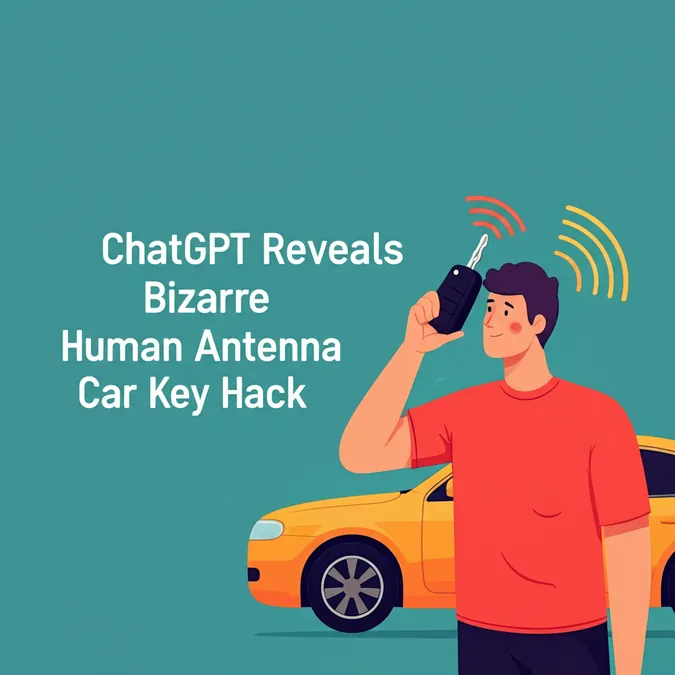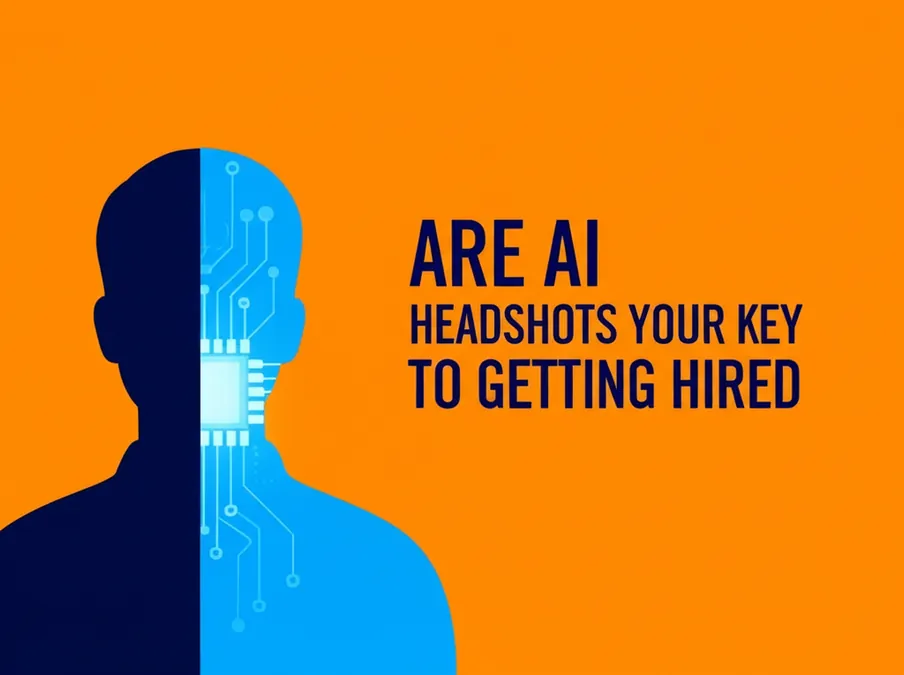Developer Offer
Try ImaginePro API with 50 Free Credits
Build and ship AI-powered visuals with Midjourney, Flux, and more — free credits refresh every month.
Digital Birth Certificates A New Weapon Against Fake Photos
The AI Deception Dilemma
In an age saturated with digital content, it's becoming increasingly difficult to tell what's real. Many of us have likely been fooled by a picture or video generated by artificial intelligence. It might be an amusing clip, like a video of a golden retriever gleefully soaking a living room with a garden hose, that turns out to be a clever fake upon closer inspection.
While getting duped by dog content is harmless, the stakes are much higher in other areas. AI-generated misinformation and sophisticated financial frauds are on the rise, and their quality is improving rapidly. Tools designed to detect AI content aren't always reliable, and social media labels are not a foolproof solution.
This ambiguity poses a significant challenge for news outlets, which are not only struggling to verify the authenticity of images but are also battling to maintain audience trust at a time when faith in media is declining.
A Digital Birth Certificate for Photos
To combat this, camera manufacturers, tech companies, and news organizations are collaborating on new technical standards to authenticate photographs from the moment they are taken. Sony Electronics Inc. has pioneered a system that effectively issues a 'birth certificate' for each photo. This system has been tested by The Globe and Mail for the past 10 months.
This technology embeds crucial information directly into the digital file’s metadata, including:
- The specific camera used
- The exact time the photo was taken (using a secure system separate from user-changeable settings)
- 3-D depth data to help detect if someone is merely taking a photo of another photo.
According to Ivan Iwatsuki, vice-president of co-creation strategy at Sony, this information is sealed and cannot be altered after creation. “Once it’s created, it’s done,” he said, emphasizing the system's security.

C2PA: The Standard for Content Authenticity
Sony’s system aligns with a technical standard known as C2PA (Coalition for Content Provenance and Authenticity). This standard can create a complete provenance chain, recording every edit made to a photo, from cropping to lighting adjustments. For news agencies, this provides a powerful way to verify images from journalists worldwide and offer greater transparency to their audiences.
“The fake content issue is a serious problem in our society,” Mr. Iwatsuki noted. “This is one of the most important things that we should be doing as a camera manufacturer.”
The C2PA coalition was founded in 2021 by Adobe, Microsoft, the BBC, and others. As generative AI has exploded, more major players, including Google, Meta, TikTok, and OpenAI, have joined the effort. For instance, images generated by OpenAI’s ChatGPT now include C2PA metadata that identifies their AI origin.
Cracks in the Armor: Exposing Vulnerabilities
Despite these advancements, the systems are not perfect. Nick Didlick, a photojournalist who consults with Sony, acknowledges, “There’s still going to be people who want to hack.”
One such person, a camera enthusiast known as Horshack, discovered a significant flaw in Nikon's C2PA implementation. Within 20 minutes, he found a way to exploit an in-camera photo overlay feature to assign valid C2PA credentials to an image the camera never took—including an AI-generated picture of a pug flying an airplane. After he shared his findings, Nikon suspended its authentication service to work on a fix.
Another major issue is that C2PA metadata is fragile. It can be accidentally or intentionally stripped as images travel across the web. Most social media platforms, for instance, remove this data upon upload, and it's lost in a simple screenshot. LinkedIn is a notable exception, preserving the metadata for users to inspect.

The Road Ahead for Digital Trust
To create a more robust system, the C2PA standard also includes more durable security measures like invisible digital watermarks. Google's SynthID, for example, is a watermarking tool for AI-generated content that is harder to remove. However, implementation varies by company.
“The difficulty here is you need everybody to be on board,” said Hany Farid, a professor at the University of California, Berkeley. The coalition is still missing key players. X (formerly Twitter) is no longer a member, and Apple, whose iPhones are responsible for a vast number of daily photos, has yet to join.
Even with widespread adoption, technology is only part of the answer. Clifton van der Linden of McMaster University points out that these tools are most effective for organizations committed to accuracy, but their success “still depends on the public trusting credible newsrooms over whatever they encounter in their social feeds.”
Professor Farid agrees that while these measures will help the majority of people, they can't eliminate the challenge of conspiracy theories or deeply rooted distrust. “This is part of the solution. It is not the solution,” he concluded. Ultimately, building a future of digital trust will require a combination of technology, regulation, and a renewed commitment to media literacy.

Compare Plans & Pricing
Find the plan that matches your workload and unlock full access to ImaginePro.
| Plan | Price | Highlights |
|---|---|---|
| Standard | $8 / month |
|
| Premium | $20 / month |
|
Need custom terms? Talk to us to tailor credits, rate limits, or deployment options.
View All Pricing Details

